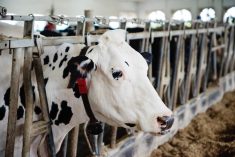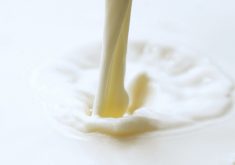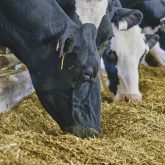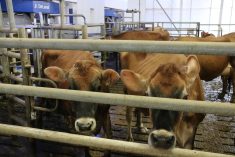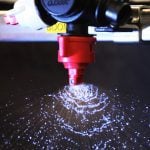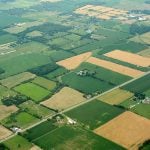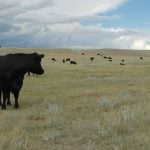Effective solutions for dealing with the surplus of solids-not-fat (SNF) in the Canadian dairy processing sector will not be simple no matter how big or small the processors are, Université Laval assistant professor Dr. Julien Chamberland told attendees of the recent Southwestern Ontario Dairy Symposium.
Chamberland, the university’s teaching leadership chair in cheese technology, explained the challenges processors have with dairy non-fat solids. He took the stage shortly after a question-and-answer session featuring newly elected Dairy Farmers of Ontario chair Mark Hamel, during which capacity for processing SNF components was the lead topic.
Why it matters: Solids non-fat is comprised of all milk components other than water and butterfat, including protein, lactose and minerals. It’s often in excess of what can be used domestically.
Read Also
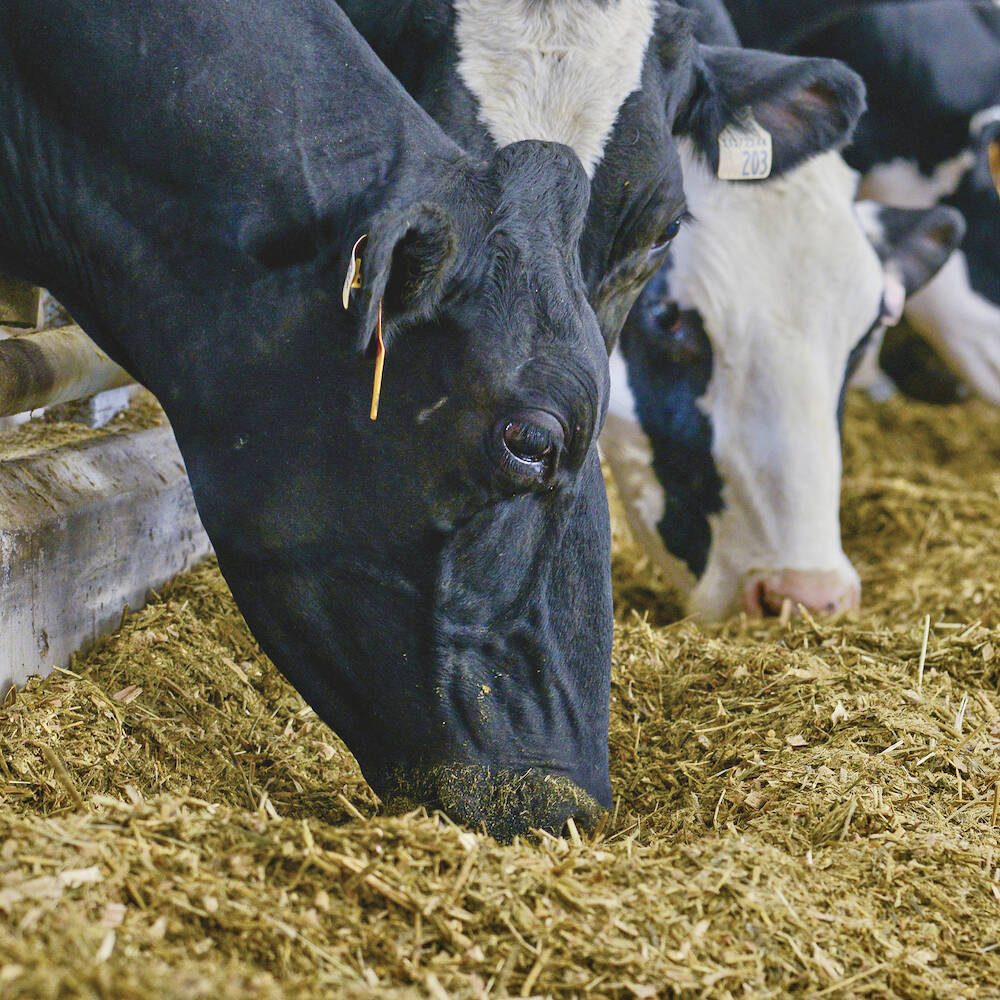
Byproducts with benefits for dairy cows
Local food processors can be a source of financially advantageous byproducts for dairy cows, but make sure the ration is properly balanced.
Producers in the P5 group of dairy-producing provinces (Ontario, Quebec and the Maritimes) receive no payment for SNF components deemed by a formula to be above a maximum agreed-upon level. Any solutions to process and market more of those components could increase the overall milk price paid to those producers.
Chamberland explained, on average, that the casein and fat from 10 kilograms of milk is required to make one kilogram of cheese. The other nine kg is typically referred to as “byproducts,” including approximately 65 per cent of the SNF content that ends up in whey.
There’s a strong demand in the world market for whey proteins, particularly in the health and wellness sector. Chamberland is also involved in a project promoting a whey protein-based product for treating wood to extend its durability.
One challenge for many cheese-making plants, however, is that “to make (whey proteins), we need a lot of equipment,” Chamberland said.
Another challenge is that whey protein production still yields byproducts: most notably milk permeates and whey permeates. And while there are ongoing efforts around the world to promote the potential for using these permeates in products ranging from health foods to livestock nutrition to beauty and body care formulations, there remains a significant surplus in various dairy-producing jurisdictions.
Ontario is no different. According to Hamel, DFO would need to see an additional billion litres in annual processing capacity to be able to deal with the province’s current SNF surplus.
Research by Chamberland’s team suggests that if they could collect all the whey from all the very small processors in Quebec, they could make four million litres of whey proteins.
But in reality, those processors must consider numerous factors before deciding what to do with their whey. How much do they produce? What is the composition, because it may vary depending on the milk coming in, the cheese being produced, and the type of process used at the plant? Is there a dryer within a practical distance?
Invariably, those considerations lead to a decision to put aside whey processing and instead send it into the most cost-effective and practical option – livestock feed.
“It’s the easiest way to dispose of milk byproducts,” he said. “The problem is there’s no value-added.”
Hamel says DFO is open to opportunities to help fund expansion of current facilities to include SNF processing, or construction of new builds for drying and processing. The marketing board will also promote any government programs to fund new processing.
In September 2023, under the Dairy Innovation and Investment Fund label, the federal government announced a 10-year, $333-million commitment to “support activities that help modernize, replace and/or increase processing capacity for SNF and minimize skim milk that is not marketed.”
The Dairy Processing Modernization Initiative in Ontario, as part of the province’s participation in the Sustainable Canadian Agricultural Partnership federal/provincial/territorial agreement, will begin accepting applications April 2 for up to $200,000 per project in 50/50 cost-share funding “for equipment upgrades that make processing more efficient and/or improve food safety.”
This could include dryers or separators installed at existing dairy processing plants.
The research project led by Chamberland developed a framework of possible outcomes from applying two different solutions to three processing plant sizes (very small, medium, and large) within Quebec. One solution was to have each plant install its own whey processing equipment; the other was to consolidate the whey from all plants within a region and have it processed centrally.
In both cases for the very small plants, continuing to send all whey into the animal feed stream appears to be the only viable option. For medium-sized and larger plants, there could be profitability in separating and marketing some byproducts.
Most notable among these options, Chamberland said, is biomethanization, in which whey is used as a fuel source, typically in a mixture with more carbon-heavy fuels, in the production of energy from biodigesters.
When converting whey to whey proteins, however, the researchers’ analysis determined that profitability for medium and large-sized plants is still challenged by the question of what to do with the milk permeate and whey permeate byproducts.




